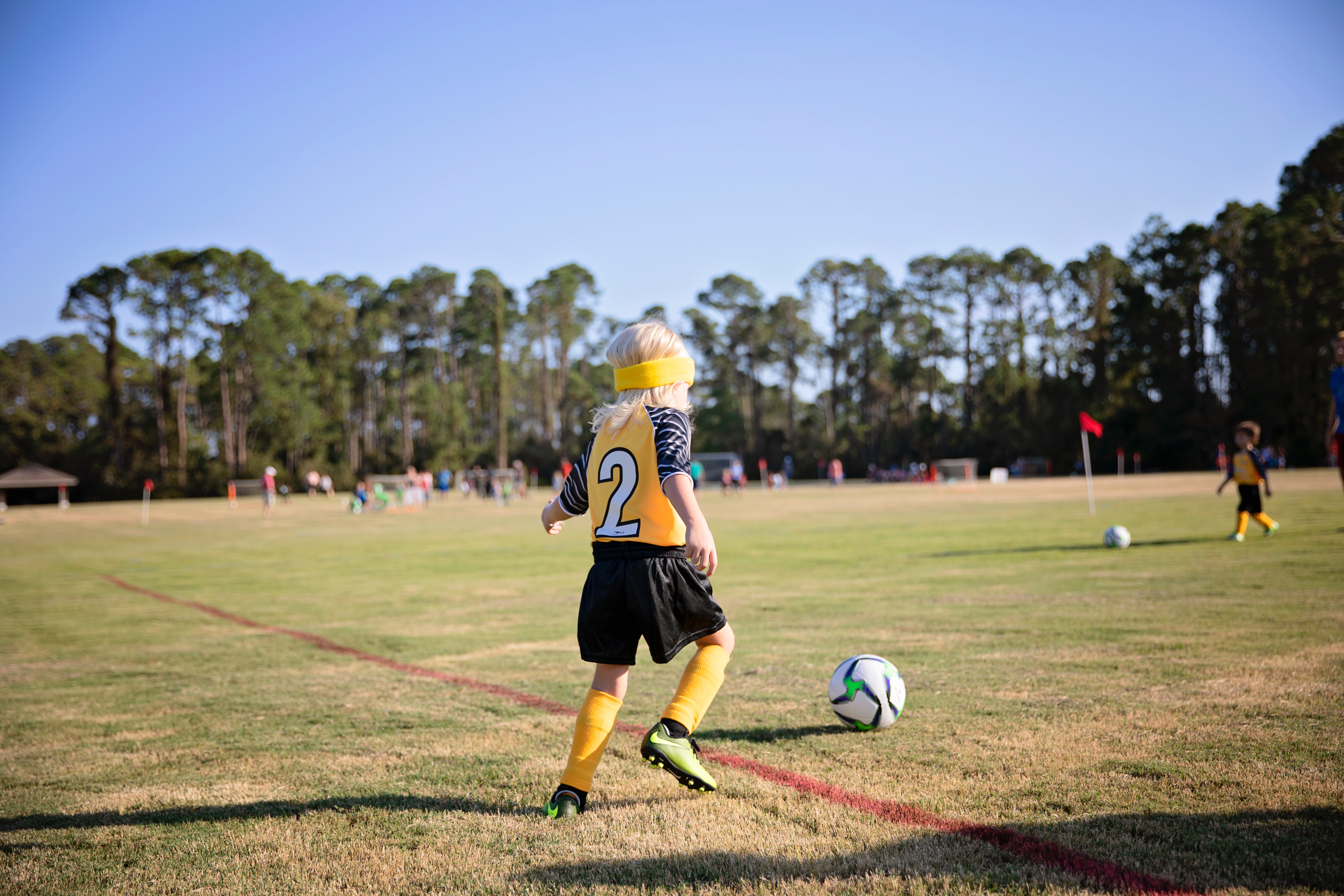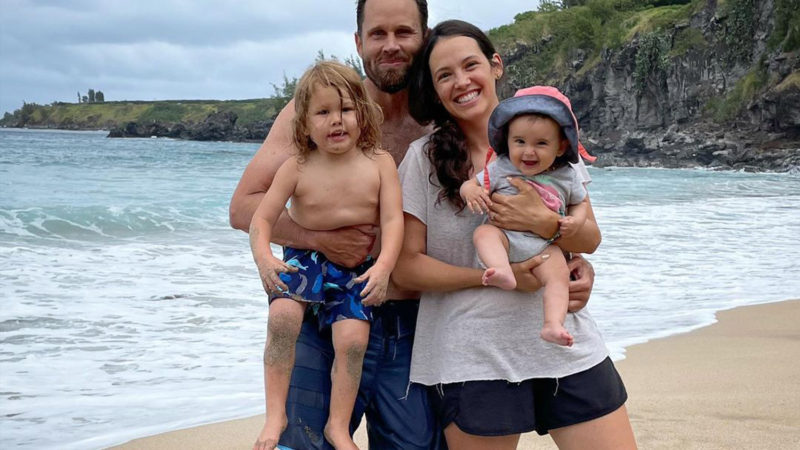5 Things Parents Can Do to Protect Sporty Kids From Injuries

Help prevent sports injuries in kids by paying attention to their recovery—and avoiding specializing in one activity too early.

On any given weekend every athletic field across the country is blanketed with kids of all ages chasing soccer balls and throwing pitches. The pools are filled with budding competitive swimmers. The gyms are at capacity with tiny tumblers.
Inevitably during the week, sports medicine offices are equally filled with the same children in need of physical therapy or a knee brace. The pediatric injuries that pile up across all sports are increasing, experts say, as more kids become serious about their athletic endeavors at earlier ages.
The most common problems that parents are up against aren’t usually the acute injuries like broken bones or concussions (though, unfortunately, those also happen on the playing fields)—they are the kinds of injuries caused by using the same muscles, tendons, and ligaments over and over again.
“When the growth plates are still open, they are the weak part of the system,” says Dennis Cardone, D.O., chief of primary care sports medicine at NYU Langone Health. “Kids don’t necessarily get the sprains and strains, but they do get pain and inflammation where the growth plates are, like the front of the knee or heel.”
Short of bubble wrapping your children before they head to practice, experts say parents can do a lot to protect them from injuries. Sports, after all, are good for kids—within reason. Here are five ways to help your child stay active for the long haul:
1. Don’t specialize in one sport too early.
Your child may exhibit exceptional talent for gymnastics or soccer, but concentrating on one activity too early in their lives will lead to the most common injuries, which are repetitive stress and overuse problems. Doing one sport also stunts coordination and neurodevelopment because kids don’t have the opportunity to use multiple muscle groups in different ways.
“During the early stages as kids are still growing, we want to make sure they are developing their motor skills in many different ways,” says Michelle Cappello, a physical therapist and clinical director at UCSF Benioff Children’s Hospitals Sports Medicine Center for Young Athletes. “That way, they will play sports longer and live healthier lifestyles.”
When is it safe to pick just one sport? After a child has reached puberty. If your little athlete can’t wait, parents should make sure their children get three months away from the sport each year. The break not only shields kids from getting hurt, but it also can prevent mental burnout.
“Kids are being pushed to specialize by parents and coaches who say, ‘Oh, you’ll never get that scholarship if you don’t focus,'” says Dr. Cardone, who is also the chief medical officer of New York City Public Schools Athletic League. “We know for sure that is not the right thing to do.”
2. Check out the coach and program.
Many youth programs are led by well-meaning parents who don’t necessarily have expertise in how to coach. Before registering a child for a particular team, ask around. Good coaches, who care about all the participants and give each child equal attention, usually get rave reviews. Typically children get hurt in programs that are focused mostly on winning over teaching the game and having fun. A big red flag is if a coach overplays the most-talented or strongest kids—seeing too much game time often results in injuries.
“Kids can play in a park with their friends—with no adult around—from sun-up to sundown and really not have any overuse injuries,” says Dr. Cardone. “Put a parent or coach in the mix directing them and that’s when they start to get hurt.”
3. Demand rest and recovery time everyday.
All bodies need time to adapt to the demands of training—especially bodies that are still growing.
“People get hurt because they don’t sleep enough, they don’t balance their nutrition well enough, they don’t hydrate,” Cappello says.
If you’re spending the weekend watching your children play in a five-game tournament, make sure they are drinking enough water, eating whole, nutritious meals and snacks between games, and getting enough sleep.
“Let your kids know that if they get less than eight hours of sleep they have a 1.7 times greater risk of being injured,” Cappello says. “Tell them if they’re dehydrated, their muscles are 20 percent less strong.”
Nirav Pandya, assistant clinical professor of orthopaedic surgery at UCSF Benihoff Children’s Hospitals, gives patients specific examples to relate to—NBA star Steph Curry is a popular choice in the Bay area.
“I get them to buy into recovery by telling them that these techniques are what the pros do to perform better,” he says. “It’s about consistent messaging that comes from parents and coaches.”
4. Teach proper warm ups.
One of the most common problems for growing athletes (especially girls) is ACL injuries (tears of the anterior cruciate ligament in the knee), which can take a child out of the game for up to nine months—as well as increase the risk of arthritis later in the life. The fix, however, is easy, and it goes for nearly every sport for boys and girls: make sure athletes are taking 10 or 15 minutes to properly warm up before practices. Starting any activity with cold muscles is a recipe for disaster, no matter what age.
“Good prevention programs that take a short amount of time each day can cut down on these injuries and they are easily accessible online,” Dr. Cardone says.
5. Make sure your child is having fun.
When a kid starts dragging her feet to get to practice or says she doesn’t feel well, start asking questions. This can be a typical warning sign that pressure is too high, the physical demands have become too much, or something doesn’t feel right.
“When kids start seeing a sport as a chore then their bodies start breaking down,” Dr. Pandya says. “You have to make sure kids want to do the sport, are invested in it, and are having fun.”
Source:parents.com






